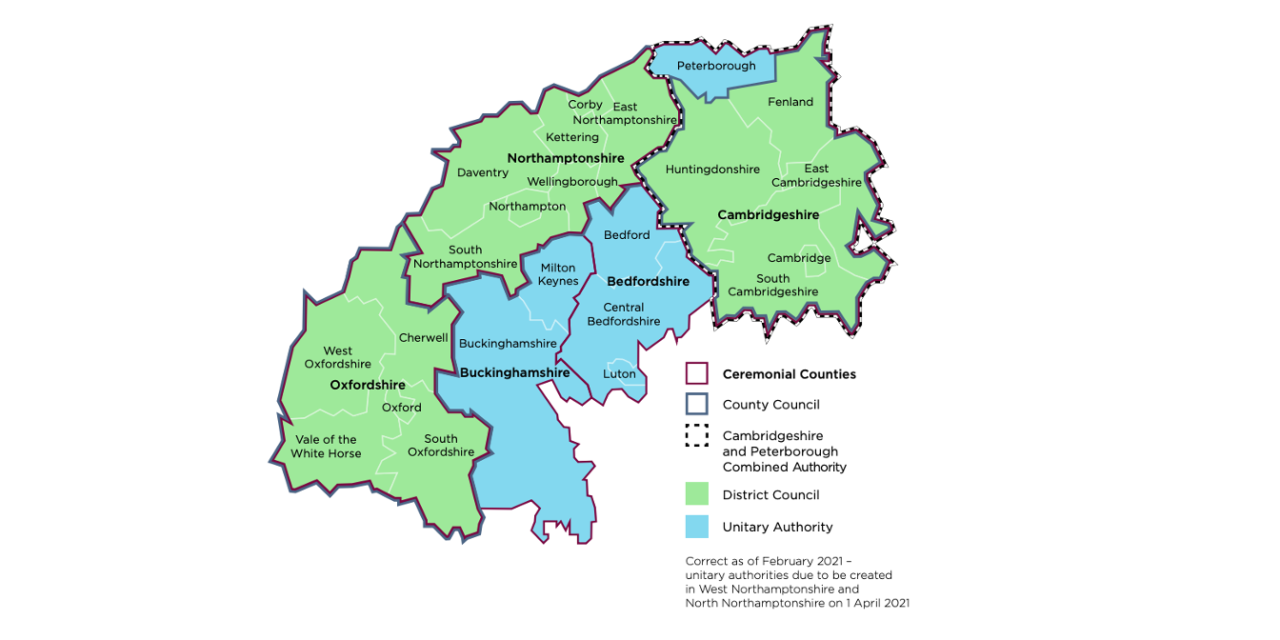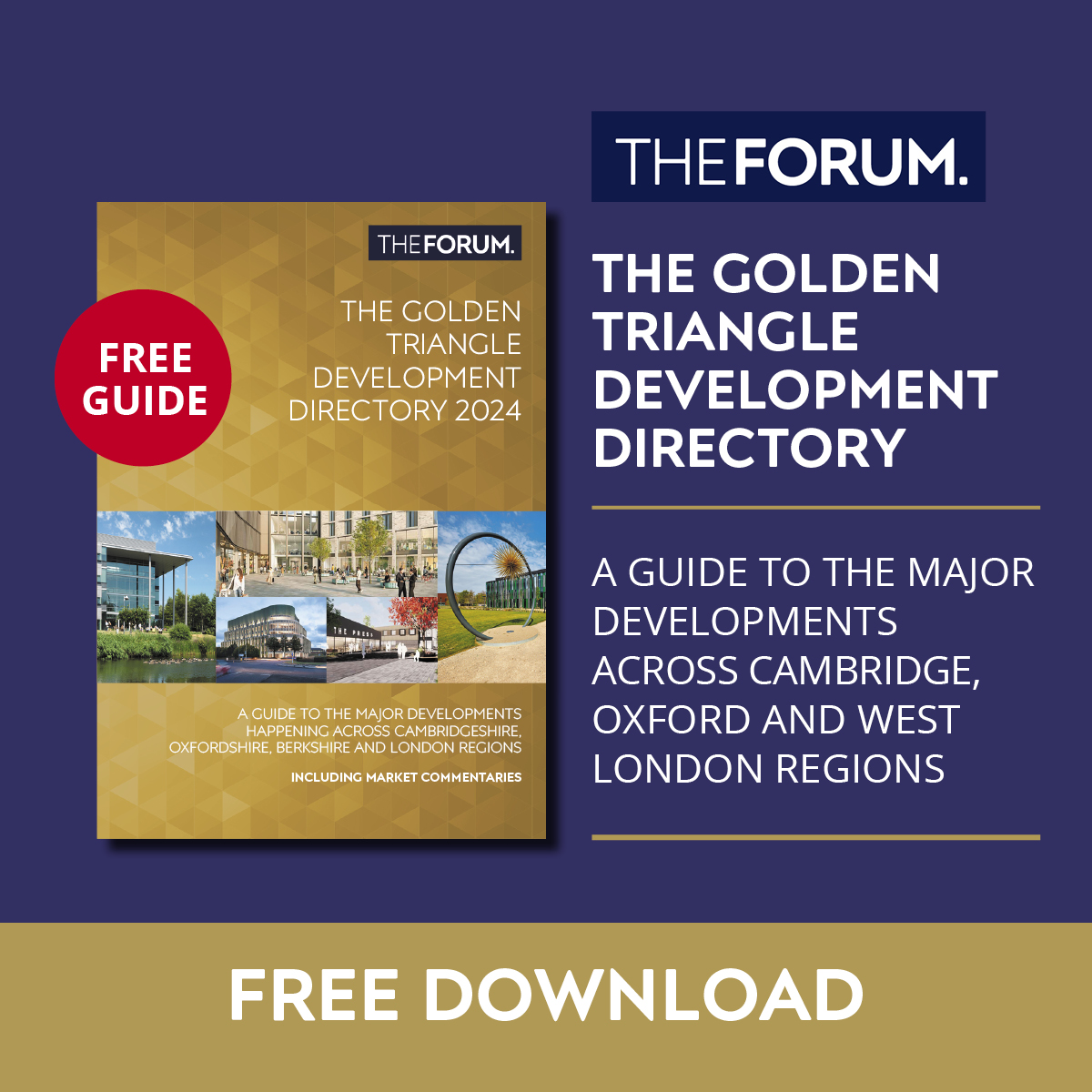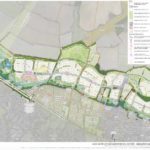We invited Prof David Rogers, secretary of the Stop the Arc Group, to outline its opposition to the Oxford to Cambridge Arc.
The National Infrastructure Commission’s (NIC) Report, Partnering for Prosperity, was both the original play-book and the starting gun for Ox-Cam Arc developments.
What did it say? And have Arc plans changed since that report came out in 2017?
Planning for Prosperity had five main ambitions, to be realised by 2050:
- An East-West Railway linking Oxford and Cambridge directly
- An Expressway between Oxford and the M1 just East of Milton Keynes (the road east of here, to Cambridge, was already almost all of Expressway standard)
- One million more houses
- One million more jobs
- An increase in Gross Value Added (GVA) of £163 billion per annum
These five ambitions, determined by what the NIC described as ‘careful research’, were linked. Take away any one and the others would change as a result. The increase in GVA was only possible, it was claimed, because the Expressway, by reducing the journey times across the Arc, effectively allowed a clustering or agglomeration effect to increase productivity.
The 1.1 million jobs, associated with a population increase of more than two million people, needed the one million extra houses; and so on.
The general public reacted first against the proposed large developments around each major Expressway junction. Never very good value for money, the Expressway was finally cancelled in March 2021.
England’s Economic Heartland then stepped into the breach, looking at a series of ‘connectivity corridors’ that will more than make up for the cancelled Expressway.
Property developers acknowledge that housing ambitions have made the whole Arc scheme ‘poisonous’ to the general public.
In July of this year, the Secretary of State for Housing said, in a Westminster Hall debate, that the one million houses for the Arc were not ‘a Government target … and not a Government policy’. Just three sentences before this statement, however, the Minister had said ‘by 2050 we could see economic output in the area doubling to over £200 billion a year, with the addition of 1.1 million further jobs’.
Those economic and job prizes depend on the one million extra houses, whether the Minister likes it or not.
So concerned have Arc supporters become about housing figures that the chair of the Arc Leaders’ Groups told the Government to stop mentioning the one million houses altogether.
Well, that memo clearly got through, because the current Arc Spatial Framework consultation document makes no mention at all of any Arc growth ambitions, concentrating instead on the motherhood-and-apple-pie offerings of all things to all people; clean water and air, houses, jobs, green environments, doubling nature etc. etc. You name it, it’s in there.
But precise economic ambitions surely exist in Arc presentations made to potential overseas investors? What are these investors being told that those who live in the Arc are not?
Finally, Kris Krasnowski, MHCLG’s Oxford to Cambridge Arc portfolio director, said that the yet-to-be-appointed chair of the yet-to-be-constituted, ministerial-level Arc Growth Body will need ‘……the gravitas to fly over to Beijing and have the conversations that we may need for that global engagement …’.
Many Victorians may have been ignorant of the human suffering behind Colston’s and Rhodes’ wealth as they erected statues to each more than a century ago. We cannot today claim the same ignorance of the human rights’ records of countries such as China and the UAE which are being courted to invest in the Ox-Cam Arc and its universities.
Put it another way. Whose money would Ox-Cam Arc developers not be prepared to accept to carry out their secret, ambitious plans?
Visit https://stopthearc.org
© Thames Tap (powered by ukpropertyforums.com).
Sign up to receive your free weekly Thames Tap newsletter here.


















